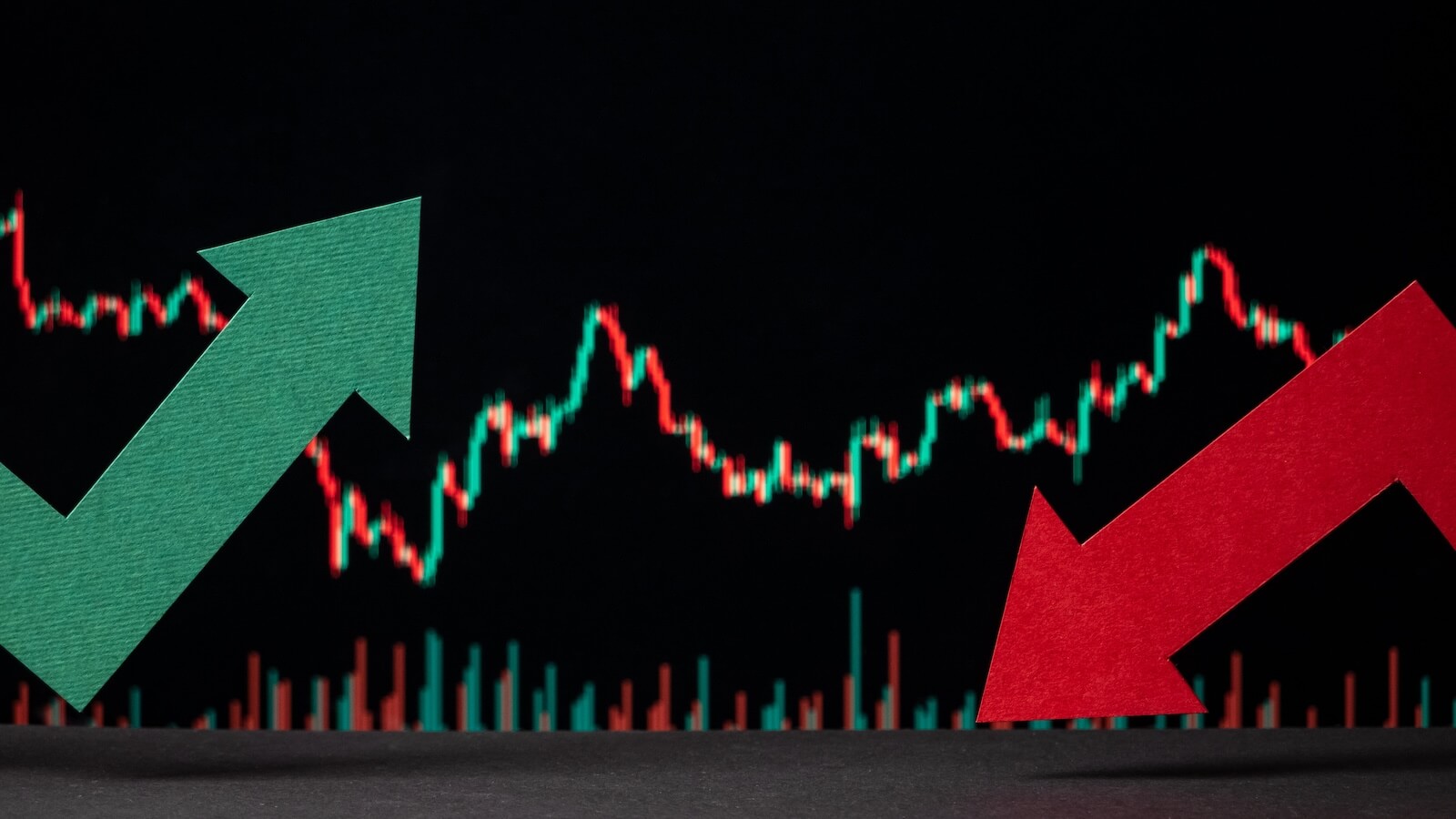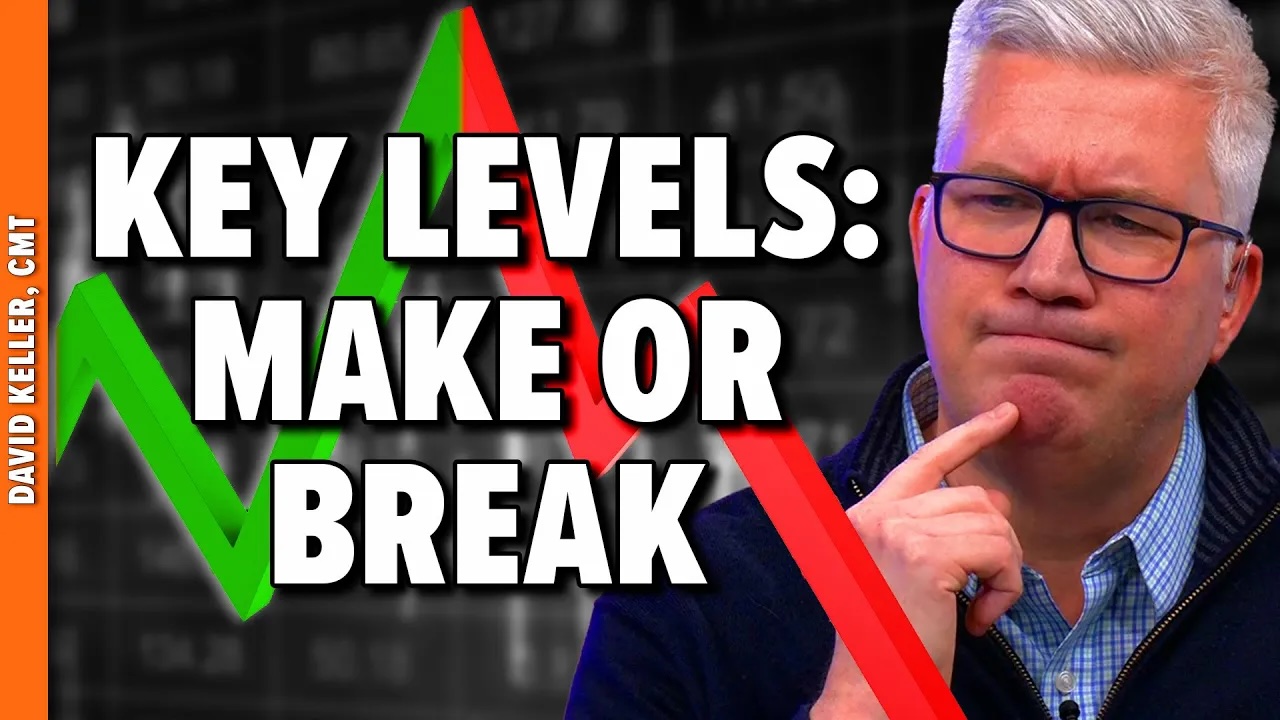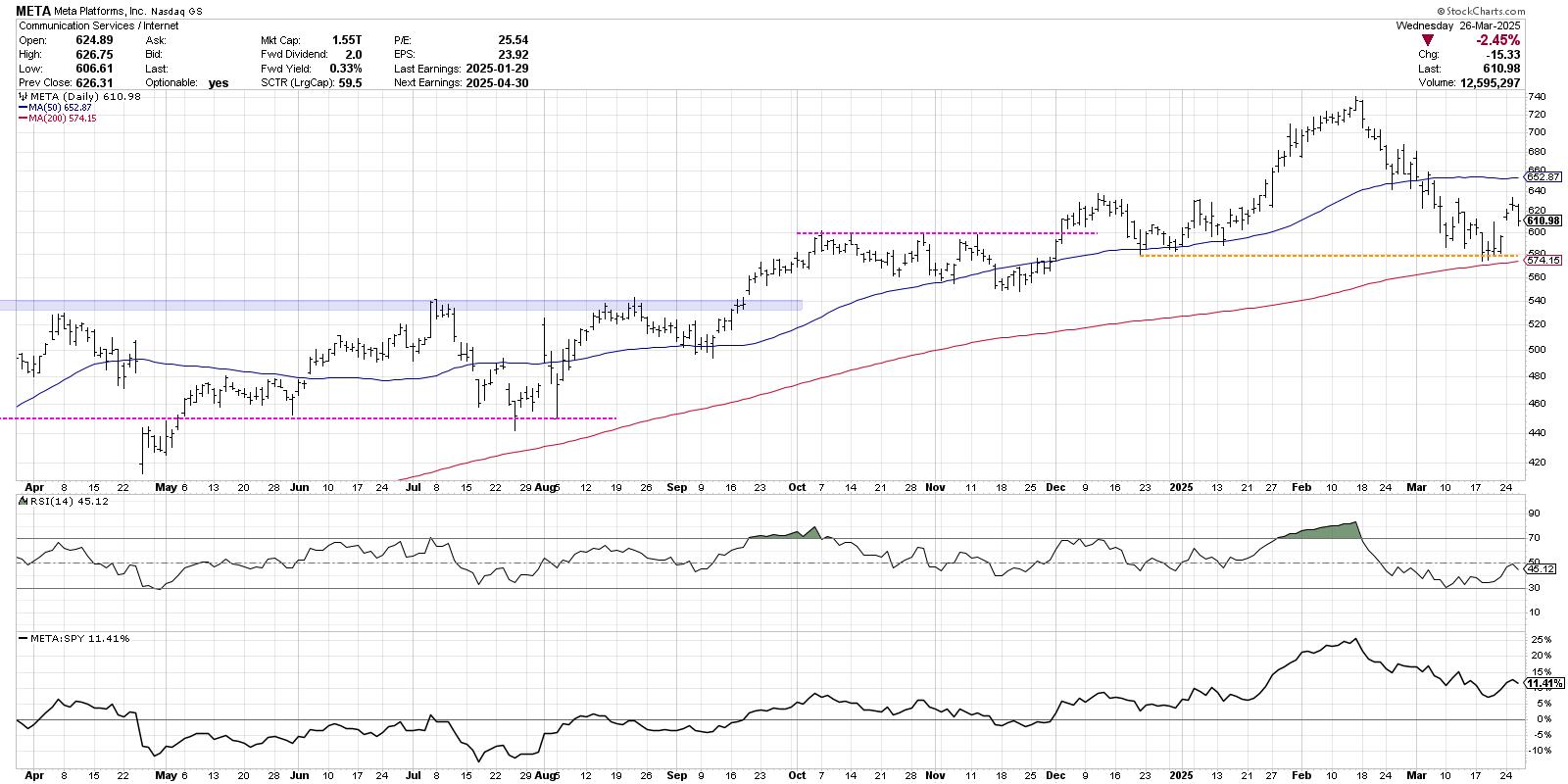Here is another article I wrote a few years ago that I think needs to be repeated. Enjoy!

Many investment "truths" seem to go unchallenged but are in fact, very clearly just myths. Buy and hold investing is a good long-term strategy, economists are good at predicting the markets, diversification will protect you from losses, compounding is the eighth wonder of the world, missing the best days each year can be devastating, probability and risk are the same thing, and chasing performance will work; just to mention a few. It is important to debunk these myths.
Buy and hold is a proven strategy for the stock market. The 1976 Ibbotson study and later updates are convincing evidence that buy and hold is a valid strategy for stock market investing. That is until you realize that you might not have a 100-year horizon to make your investment wealth. Most human beings have a good 15, maybe 20 years, to accumulate their retirement nest egg. During the 100 years of the Ibbotson study there were many 15-year periods where a buy and hold approach would have resulted in significant losses. After big losses, it takes a long time to break even. Remember, breaking even is not a successful strategy.
Economists are good at predicting the markets. It is odd that one of the components of the Index of Leading Indicators (designed by economists) is the performance of the stock market. The truth is, however, that the stock market is better at predicting the economy. In 1973, a young economist named Alan Greenspan stated, "Now may be the best time in history to buy stocks." This proclamation was made just days before the beginning of the 1973-74 bear market that took the S&P 500 Index down over 48% in a little less than 2 years' time.
Diversification protects against losses. Harry Markowitz won a Nobel Prize in 1990 for his ground-breaking research on diversification (modern portfolio theory) in 1952. The simple explanation of this theory is that by diversifying across a wide range of asset classes, one will not be devastated by a significant decline in any particular asset type. Bottom line, Markowitz advocated investing in portfolios, not individual securities. Peter Lynch, former successful manager of Fidelity's Magellan mutual fund said, "Diversification is not a guarantee against losing money, it is just a guarantee that you won't lose all your money at one time."
Compounding is the eighth wonder of the world. In the stock market, there are many years when prices go down and those down years can destroy an investor's wealth quickly. Negative compounding requires exceptional returns over the following years just to recover. Wall Street doesn't like this kind of math. If you experience a decline of 33%, you must have a gain of 50% to break even. Breaking even is not exactly the best means available to avoid the devastation of bear markets. A better and more accurate statement would be: Positive compounding is the eighth wonder of the world.
If you miss the 10 best days each year you will not perform as well as the market. This is certainly a true statement. It is commonly touted to further convince you that you must invest for the long term. Another statement that is also true is "if you miss the worst 10 days each year you will greatly outperform the market." Studies have shown that missing the worst 10 days each year will offer exceptional returns, significantly better than the market, and much better than those generated by missing the 10 best days each year. For the period 1979 through 2004 (25 years), using the S&P 500, a buy and hold strategy yielded a return of +10% per year. If you had the misfortune of missing the best 10 days for each year, your annualized return would be -10%, significantly worse than buy and hold. Convincing, isn't it? However, if you missed the 10 worst days of each year, your annualized return would be +38% per year. Of course, both of these scenarios are hypothetical, and neither are a realistic investing strategy, but the point is that missing the down days is much better than missing the up days.
Probability and risk are essentially the same thing. The dependence on statistics (probabilities) for investment forecasting is widely covered in the media and by many analysts. Usually the statistics are only used to add support to their current market hypothesis. Investor's understanding of probabilities is usually not good. There's the story about offering someone a chance to win at a game by telling him he will guarantee his winning 1 time out of 6. Most eagerly accept such odds. That is, until you tell them that the game is Russian roulette. The focus then shifts to the risk of the loss, not the probability. Most investors forget to incorporate risk into their decision-making process when the truth is, managing and accessing risk is tantamount to investment success. As Thomas Gilovich says, "odds are you don't know what the odds are."
Chasing performance will work. Performance chasing can also be devastating to investment health. A manager might outperform or under perform their benchmark, but often, the benchmark is inadequate for the manager's style. Past performance is not predictive, it is only a measure of how a manager achieved past success (or not). Success (or failure) can be attributed to style (growth, value, large cap, small cap, etc.), economic conditions, bull/bear markets, etc. Past performance is about hope, which is a comforting companion but a poor indicator of the future. One should adopt an investment philosophy that realizes the market has its good periods and its bad periods, and the philosophy adjusts to them as needed. A technical approach that follows the intermediate trends of the market with strong risk management offers a peace of mind dividend.
Each of these examples shows us where human frailty translated into investment errors and how perceived "common knowledge" is taken for granted. We cannot afford to accept investment-related information that we understand as "common knowledge" if that "common knowledge is not accurate. Look at the myths and find an investment advisor who understands them and whose investment practice debunks them on a daily basis.
Dance with the Trend,
Greg Morris






